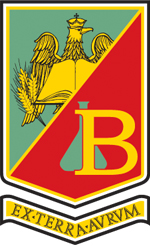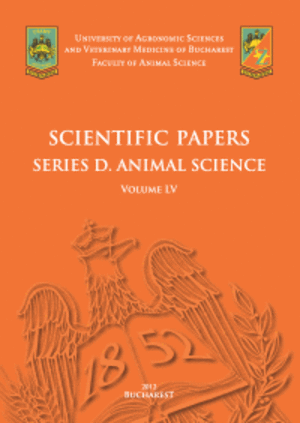Published in Scientific Bulletin. Series F. Biotechnologies, Vol. XXIX, Issue 1
Written by Ecaterina-Teodora CHIREA, Emanuela-Catalina IONETIC, Iulia-Roxana ANGELESCU, Silvia-Simona GROSU-TUDOR, Cristina PURCAREA, Medana ZAMFIR
Lactococcus lactis R152 was isolated from a traditionally made cheese and identified through 16S rRNA gene sequencing. This strain exhibited antibacterial activity against five bacterial strains, including four potential pathogenic strains. In this study, we investigated the nature of the inhibition and characterized the active compound. The pH neutralization of the culture supernatant did not affect the inhibitory activity against Lactobacillus delbrueckii subsp. bulgaricus LMG6901T, but this was lost after proteinase K treatment, indicating that the antibacterial compound is proteinaceous, likely a bacteriocin. Ammonium-sulfate precipitation of the culture supernatant increased the activity from 1,600 AU/ml to 12,800 AU/ml. Tricine-SDS-PAGE analysis indicated an estimated molecular mass of the presumptive bacteriocin of less than 6,500 Da. This compound was resistant to heat (preserving activity after autoclaving) and to pH variation in the pH 1 and 9 interval. These findings, combined with the identification of nisin A gene in the bacterial genome, suggest that Lactococus lactis R152 produces nisin A, a bacteriocin with potential applications in the food industry.
[Read full article] [Citation]




